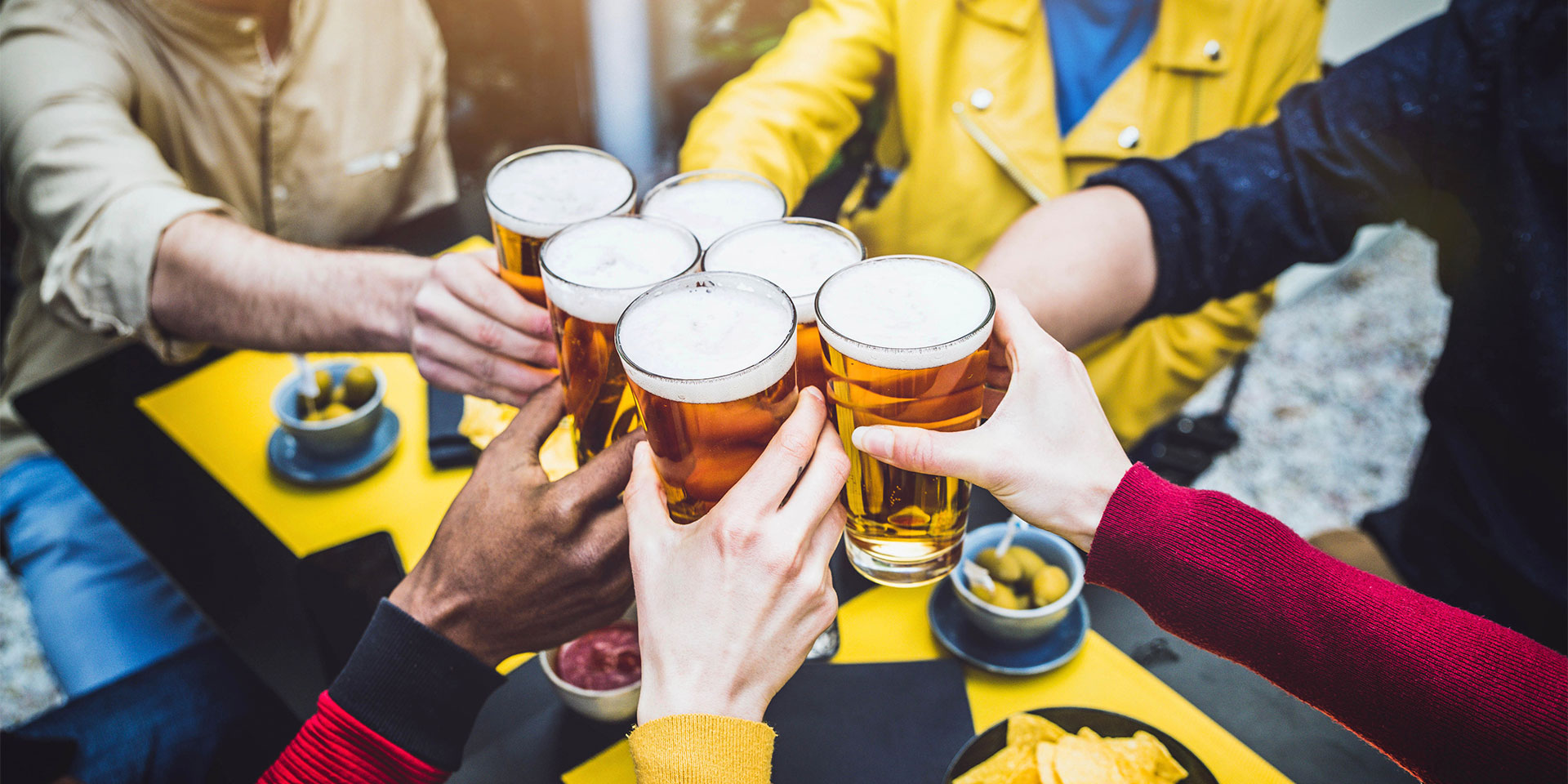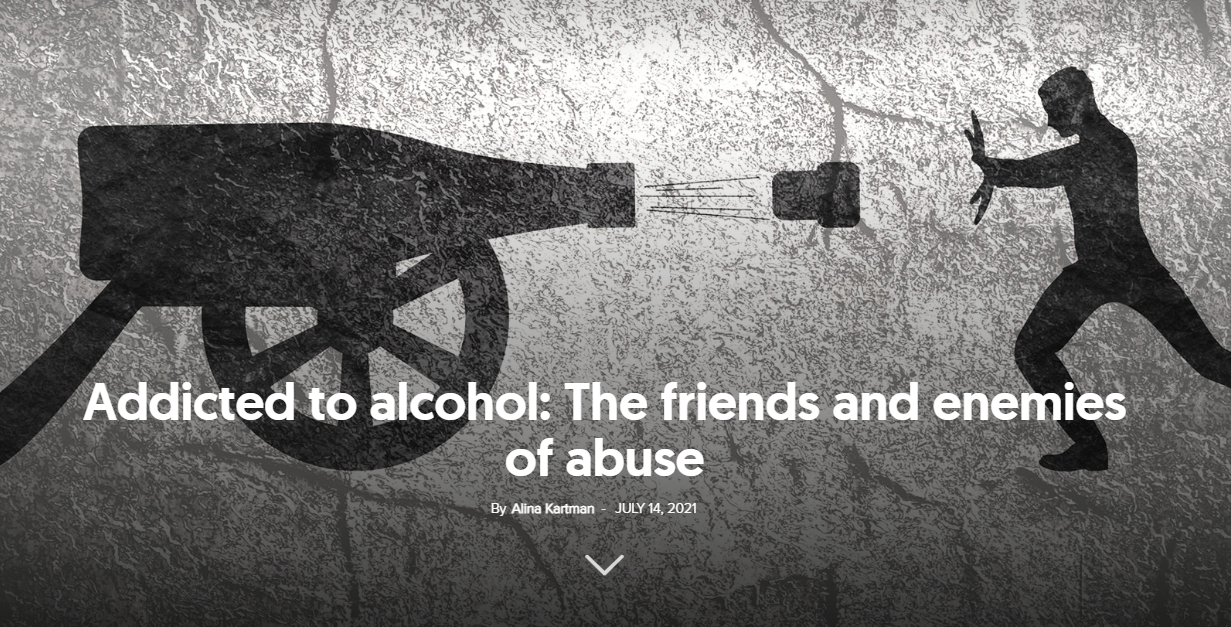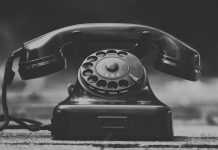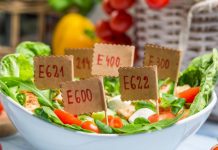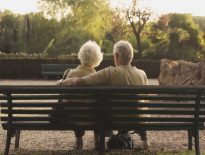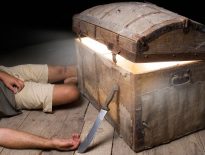As the balmy Australian summer took a chilly turn, I found myself sitting one day in a pub in Jindabyne, New South Wales with a friend attempting to escape the bitter autumn weather. As I took in the ambience, I reflected on what was a largely alien environment to me.
The tables were sticky, the windows were dirty and walls were adorned with an assortment of mounted deer heads. The punters were a combination of red-faced middle-aged men, young rural folk and gamblers shuffling in and out of the pokies room. The dull roar of conversation was just loud enough to drown out the horse racing on TV. As I sat with my companion, I did what any good Australian would do at a pub: I sipped a beer. As I partook, I couldn’t help but reflect upon how we got here.
The “Good Decade”
The history of alcohol consumption in Australia/NZ has its roots in the British Empire and colonialism. This should come as no surprise when we consider one the empire’s most successful cultural exports: the English pub. Alcohol became an important part of life in the colonies, with it featuring in many of our most popular poems and songs. The consumption of alcohol reached a fever pitch in the ’70s and ’80s, when civil and political upheaval caused many to drink harder than they ever had before.
It could be argued, though, that it was the ’90s that changed the way we drank. The world had just gone through the Iran-Iraq War, the Chernobyl disaster and the collapse of the Soviet Union. For many, entering the ’90s was like reaching the light at the end of the tunnel. It was a time of unprecedented economic growth, shrinking interest rates and fewer global conflicts than at any time in recent history. For many, the ’90s was as cultural commentator Douglas Coupland described it: the “Good Decade”.
And yet, for many people, the ’90s was not defined by “good times”, but by boredom. The lack of global conflicts and an economic upturn lulled many into a sense of complacency and the cultural mirror of the films and TV shows of the era reflects this. The Matrix, Office Space and Fight Club reflect a restlessness and dissatisfaction with the mundane, with Friends and Seinfeld both leaning on a comedic style of overdramatising the often ludicrous and petty problems of their middle-class protaganists.
It’s no wonder then that alcohol would become a fixture in such an aimless and bored culture. In the 1950s, the average Brit drank around 137 pints of beer per year. By 2004, that figure was up to around 333 pints. It was in the ’90s that pub and club culture became mainstream. Whether it was Lambrini, Apple Sourz or Smirnoff, there were new drinks being invented to appeal to any demographic and every price point. From the pub to the university campus, alcohol became a fixture of social life.
A shifting landscape
Fast-forward to today and this picture has changed dramatically. Alcohol usage has gone down across all types of consumption, from social drinkers to the most faithful pub patrons. The number of people who identify as non-drinkers is also on the rise. It shouldn’t come as much of a surprise to be honest. After all, we’re no longer in the ’90s.
Most of us don’t have the time or disposable income that we may have had 20 years ago. The rise of the internet likewise has impacted alcohol use: teens today are more connected than ever before (thereby taking away some of the necessity for the pub) and are far more aware of the adverse effects of alcohol than their Gen X counterparts.
The NZ Alcohol Beverages Council reports that Kiwis drank 25 per cent less in 2021 than they did in 1986, with Drinkwise reporting that between 2007 and 2017, the number of Australians who chose to abstain from alcohol altogether almost doubled. A survey in the UK found that university-aged students who socialised with their friends without drinking reported higher quality social life, increased self-esteem and a more productive, stable life.
There’s still a challenge around the stigma of not participating in drinking socially. Some young people still feel pressured to drink (even if they have reservations) for fear of being “left out”. This is further exacerbated by toxic behaviour where young men are told (directly or indirectly) that if you don’t drink, you’re not “a man”.
New kids on the block
There is, however, a shifting tide. Movements like “conscious clubbing”—a dance rave where drugs and alcohol are strictly prohibited—are gaining popularity among the Millennial and Gen-Z generations who no longer want to deal with the fallout that comes from drinking and drug culture.
Though teens are still drinking, they’re drinking noticeably less than their older counterparts. Alcohol companies are noticing. Non-alcoholic spirit sales went up 600 per cent from 2020 to 2021, with one American online alcohol retailer reporting a 166 per cent increase in the number of non-alcoholic products available compared to 2019.
In Australia, low, mid and non-alcoholic products now account for more than 27 per cent of Asahi’s beer sales. Carlton Zero was one of the first in the game but the popularity of their beer and beers like it have ensured that many major players, from James Squire, Heineken, Great Northern, Peroni, Corona and more are all getting into the game of making beverages without the buzz.
It’s not just the big players who are getting a slice of the pie, though. Smaller companies like Sobah, Heaps Normal, Bridge Road and more are making it big in this brave new world. Heaps Normal in particular reportedly raised $8.5 million in capital recently to fund their expanding enterprise, all the while earning the award for the world’s best no- and low-alcohol pale ale in the World Beer Awards 2022 (we reached out to Heaps Normal but they declined to comment). More than just a fleeting trend, non-alcoholic beverages are here to stay and are fast becoming big business.
As someone who did not grow up around alcohol, the thought of drinking it conscience-free was strange to me. Growing up, my father freely told my siblings and I stories of his misspent youth where alcohol was more often than not the villain of the story. That, and a conviction formed through reading the Bible resulted in me happily staying away from all alcoholic beverages well into my adult life. So, how should we think about this brave new world of alcohol-removed beverages? I’ll split my final thoughts into two categories:
The drinkers
If you drink alcohol, then non-alcoholic drinks provide a great opportunity to enjoy the pastime without the negative consequences. If you can get past the slightly-different taste (and it’s far better than it was a few years ago), the prospect of drinking without getting drunk is a win-win.
For many of us, having a drink with your mates is a high point of the week—not so much the morning after. Being able to enjoy the social experience without the hangover, not to mention that you’ll be drinking, on average, half the carbs compared to a normal beer—that’s worth making the switch, in my book.
The non-drinkers
If you don’t typically partake in suds, shooters or bubbly, it is a little more difficult to justify taking up the non-alcoholised versions. If you don’t like or aren’t used to the taste, there is very little in the non-alcoholic catalogue that will fill the void better than any other non-water drink you might usually enjoy. That is, unless your situation is anything like mine.
The beer I mentioned sipping that cold autumn day in Jindabyne at the beginning of this article was, of course, non-alcoholic. The friend I shared it with is a drinker, though as a young father he is trying to cut down for the sake of his family. For him, non-alcoholic beer is a brilliant swap-out to enjoy the pastime without the negative consequences of real alcohol.
Though it may not be for everyone, I think the trend we’re currently experiencing is for the better, on the whole. Whether you’re a non-drinker, a pub regular or somewhere in-between, there’s more room than ever before to make wiser, more conscionable decisions about what to drink and what to refrain from.
Jesse Herford is a pastor and associate editor for the Australian/New Zealand edition of Signs of the Times. He lives in Sydney, Australia with his wife, Carina and their miniature schnauzer, Banjo. A version of this article first appeared on the Signs of the Times Australia/New Zealand website and is republished with permission.












